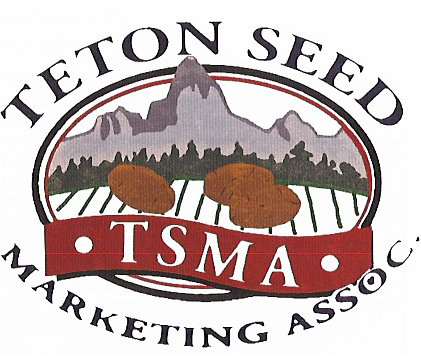Artificial intelligence is quickly moving from pilot projects to practical applications across the produce industry. From supply chain optimization to compliance workflows, AI is starting to influence how fresh food is grown, packed and moved.
This past season on “Fresh Takes on Tech,” I spoke with researchers, investors, and operators about how AI is showing up across the food system. The conversations revealed a picture that was more nuanced than the hype — full of promise, but also full of risks we need to manage carefully.
AI Is Already Teaching Us How to Work With It
One of the most striking themes from these conversations is that AI “teaches” users how to interact with it. The best results come from iteration and refinement — giving clear prompts, checking outputs, and adjusting. This is true whether you are a scientist using AI to speed up a breeding program or a retailer automating demand forecasts.
Rachel Blake, who is developing the International Fresh Produce Association Global Intelligence Engine, explained the goal is to make IFPA’s data much easier to use.
“We wanted to take the data we already have and make it usable in the moment,” she said. “The interactive format means members can ask specific questions — about markets, imports, pricing — and get answers right away instead of waiting for the next report.”
This kind of application helps AI feel less like an experiment and more like a practical tool that makes everyone’s work easier.
From Single Tasks to Connected Systems
Another big theme was that AI is quickly evolving from a set of isolated tools to connected systems. Microsoft’s Ranveer Chandra described a future where “lots of tiny models … learn and make decisions on their own.” These agents can coordinate planting schedules, shipping routes and compliance checks — saving hours of manual work and reducing costly errors.
Longtime industry leader Joe Don Zetzsche shared how automation is beginning to orchestrate perishable supply chains. Algorithms can now anticipate harvest volumes, align transportation schedules, and allocate cold storage capacity in real time.
“When you get those three things talking to each other, you can keep product fresher, reduce shrink, and make better use of labor,” he said.
Anthony Howcroft, founder of Swarm Engineering, noted that many companies underestimate how transformative this integration can be.
“The power is not just in solving one problem — it’s in connecting solutions so that decisions in one part of the chain improve outcomes in another,” he said. “That’s where AI delivers exponential value.”
Data Quality Still Rules Everything
Despite the excitement, several guests warned that bad data is still the fastest way to sink an AI project. Elliot Grant, founding CEO of Mineral, was clear: “If we get the data layer wrong, everything else fails. AI needs good data the way crops need good soil.”
Patrick Vizzone, who will serve as IFPA’s 2026 board of directors chair, echoed this, noting that “many projects fail not because the tech isn’t good but because teams don’t want to share data.” Breaking down silos and building governance processes will be just as important as writing good code.
Workforce Concerns Are Real
Labor concerns came up repeatedly. AI will not replace agronomists, quality managers or food safety officers, but it will change what their jobs look like. Walmart is addressing this head-on with a nationwide AI certification program for its U.S. associates — part of a $1 billion skills investment through 2026. Moves like this matter because they help employees build confidence, not fear, when new tools roll out.
Risks We Can’t Ignore
AI can create value, but it can also create problems if it’s rolled out carelessly. Poorly tested outputs can lead to incorrect compliance decisions or flawed forecasts, eroding trust with growers, regulators and consumers.
Reputational risk is a real concern. Clear governance, validation processes and transparency about how AI is being used will be critical to avoid these pitfalls.
Where We Go From Here
The takeaway for produce leaders is clear: AI is no longer experimental. It is a practical tool that can help match harvest to demand, reduce waste, and simplify compliance — but only if we get the data right and bring people along. As an industry, we need to treat AI literacy as a core skill set, not a luxury.
AI is becoming part of the day-to-day work of the produce industry faster than many expected. The next few years won’t just be about testing pilots; they will be about scaling the ones that work and doing so responsibly so we maintain trust with customers, consumers and regulators.
Vonnie Estes is vice president of agfood technology innovation with the International Fresh Produce Association.


















